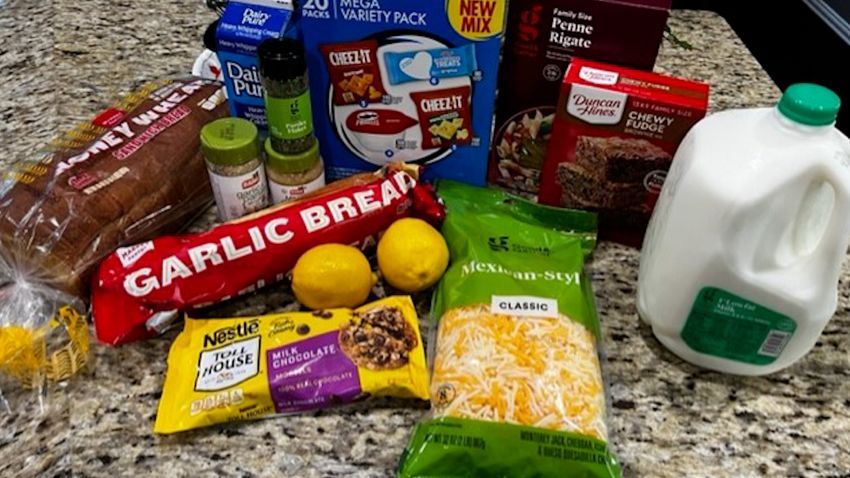The US Food and Drug Administration is proposing changes to the nutrition standards that foods must meet before they can carry the “healthy” label on their packages.
The proposal comes as the White House held its Conference on Hunger, Nutrition, and Health and released a new national strategy to end hunger, improve nutrition and physical activity.
About 5% of foods are labeled as being healthy, which is a regulated claim. Foods that make the claim have limits on individual nutrients like fat, saturated fat, cholesterol and sodium, and they must contain minimum amounts of vitamins A and C, calcium, iron, protein and dietary fiber.
The FDA says that since the claim was first defined in 1994, nutrition and dietary science has changed, making the term outdated.
For example, certain cereals that have high amounts of added sugars still meet the definition of “healthy,” but salmon, which is high in beneficial polyunsaturated fat, does not.
Updating the science
The proposed criteria change how the term “healthy” would be defined. Instead of counting only individual nutrients, healthy claims would also take into account the variety of nutrients present in foods, as well as the nutrient density.
In order to be labeled with the “healthy” claim, products would need to:
- Contain a certain, meaningful amount of food from at least one of the food groups or subgroups – such as fruits, vegetables or dairy – recommended by the Dietary Guidelines.
- Adhere to specific limits for certain nutrients, such as saturated fat, sodium and added sugars. The threshold is based on a percent of the daily value for the nutrient and varies depending on the food and food group. The limit for sodium, for example, is 10% of the DV.
For example, a cereal would need to contain three-quarters of an ounce of whole grains and no more than 1 gram of saturated fat, 230 milligrams of sodium and 2.5 grams of added sugars, the FDA says.
Foods that are rich in fats, like certain oils, nuts and seeds, would also be newly eligible for the healthy claim, the FDA says.
“Nutrition is key to improving our nation’s health,” US Department of Health and Human Services Secretary Xavier Becerra said in a news release. “Healthy food can lower our risk for chronic disease. But too many people may not know what constitutes healthy food. FDA’s move will help educate more Americans to improve health outcomes, tackle health disparities and save lives.”
Proposal would have limited impact, critics say
Nutrition advocates say the proposed rule has some strengths but doesn’t go nearly far enough to encourage better food choices.
“The potential impact as we see it is fairly limited,” said Eva Greenthal, senior science policy associate at the nonprofit Center for Science in the Public Interest.
Greenthal says that the number of food products that currently carry the voluntary “healthy” claim is tiny and that making the standards more stringent might cause that percentage to shrink even more.
She points out that where people really struggle is with understanding when a food is not nutritious. The “healthy” claim doesn’t help with that.
Get CNN Health's weekly newsletter
Sign up here to get The Results Are In with Dr. Sanjay Gupta every Tuesday from the CNN Health team.
Instead, what the Center for Science in the Public Interest would like to see are labels on the front of food packages like those used in Mexico and the UK that alert consumers when foods are high in excess salt, sugars or saturated fats.
These warnings sometimes look like traffic lights or black stop signs.
“There’s a large body of experimental research that rather favors nutrient warnings in terms of having a substantial effect on consumer choices and improving the overall healthfulness of food selected when grocery shopping,” Greenthal said.
Greenthal says her group will be submitting comments on the proposed rule to voice its concerns.



